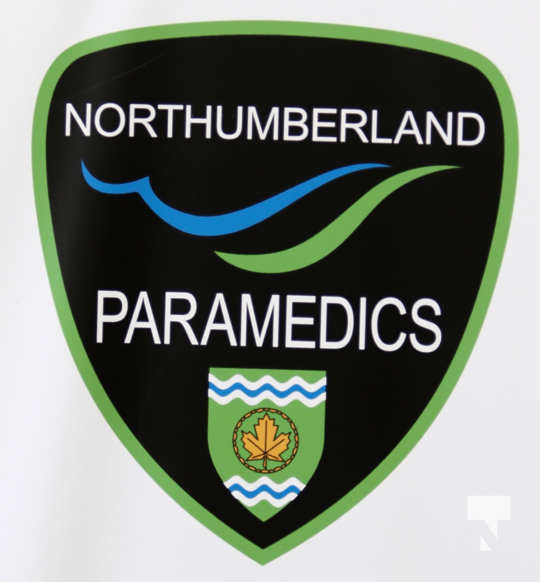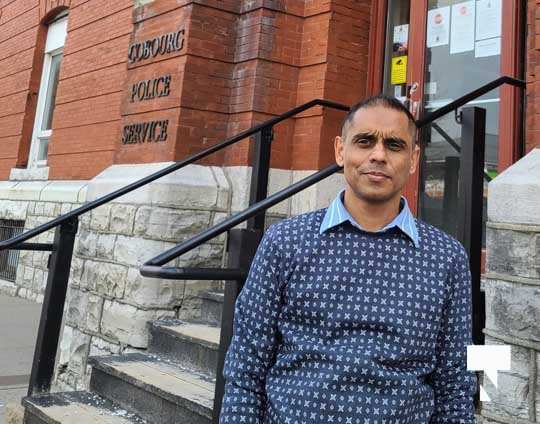By Cecilia Nasmith/Today’s Northumberland
As the chair of Northumberland County council’s Community Health Committee, Olena Hankivsky commended Northumberland Paramedics both for the lives saved and the fiscal efficiencies for the health-care system that result from their Community Paramedicine Program.
Northumberland Paramedics Chief Susan Brown and Community Paramedics Co-ordinator Kim Wilkinson gave their annual report on the service at the committee’s April meeting.
In 2023, Wilkinson said, they enrolled 1,099 new clients. Balancing intakes and discharges, the service had 1,063 active clients throughout the county at year’s end receiving services that allow them to remain at home longer, safely.
Referrals come from a variety of sources on behalf of those who require their services – vital-sign checks, some safety scans, basic cognitive and mobility assessments, vaccinations, blood draws for those with mobility, transportation or socioeconomic issues. These services allow for early recognition of issues and the chance to work with their physicians on simple measures like adjusting medications and early interventions – as opposed to 911 calls, emergency-room visits and hospitalization down the road.
And when hospitalization does happen, Wilkinson added, having these services available in the community can mean an earlier discharge is possible.
“This provides peace of mind for the clients but also for their care givers and family practitioners,” she said.
System navigation is another service that makes a big difference. Wilkinson related the story of a client they encountered at Transition House who, they discovered had significant hernia issues.
They connected him with a surgical consult (avoiding a trip to the emergency department, she noted), where it was discovered there were also cardiac concerns. They connected him with a cardiologist (avoiding another emergency-department visit), and he has since had the surgery and is doing well.
Transition House, along with warming hubs and seven county-housing units, is where they hold monthly outreach clinics, At 85 of these clinics (at 17 sites) in 2023, they saw 231 individuals.
Committee chair Olena Hankivsky termed the service “a tremendous asset to this community,” expressing her hope that the funding will continue. In the report before the committee, it was stated that the province committed to an annual $3-million in funding through March 31, 2024, later extending that commitment to March 31, 2026.
Hankivsky advanced the opinion that a cost-benefit analysis of offering this service vs. the 911 calls and hospital admissions that might otherwise take place would make a strong case for its continuing.
“It really is a great example of the advocacy work that needs to continue,” Chief Administrative Officer Jennifer Moore agreed.
“It really is intended for seniors awaiting admittance to long-term care, and we would like to see the funding be broader – there’s a wide range of folks in our community that need this type of care.”




















